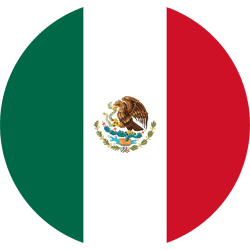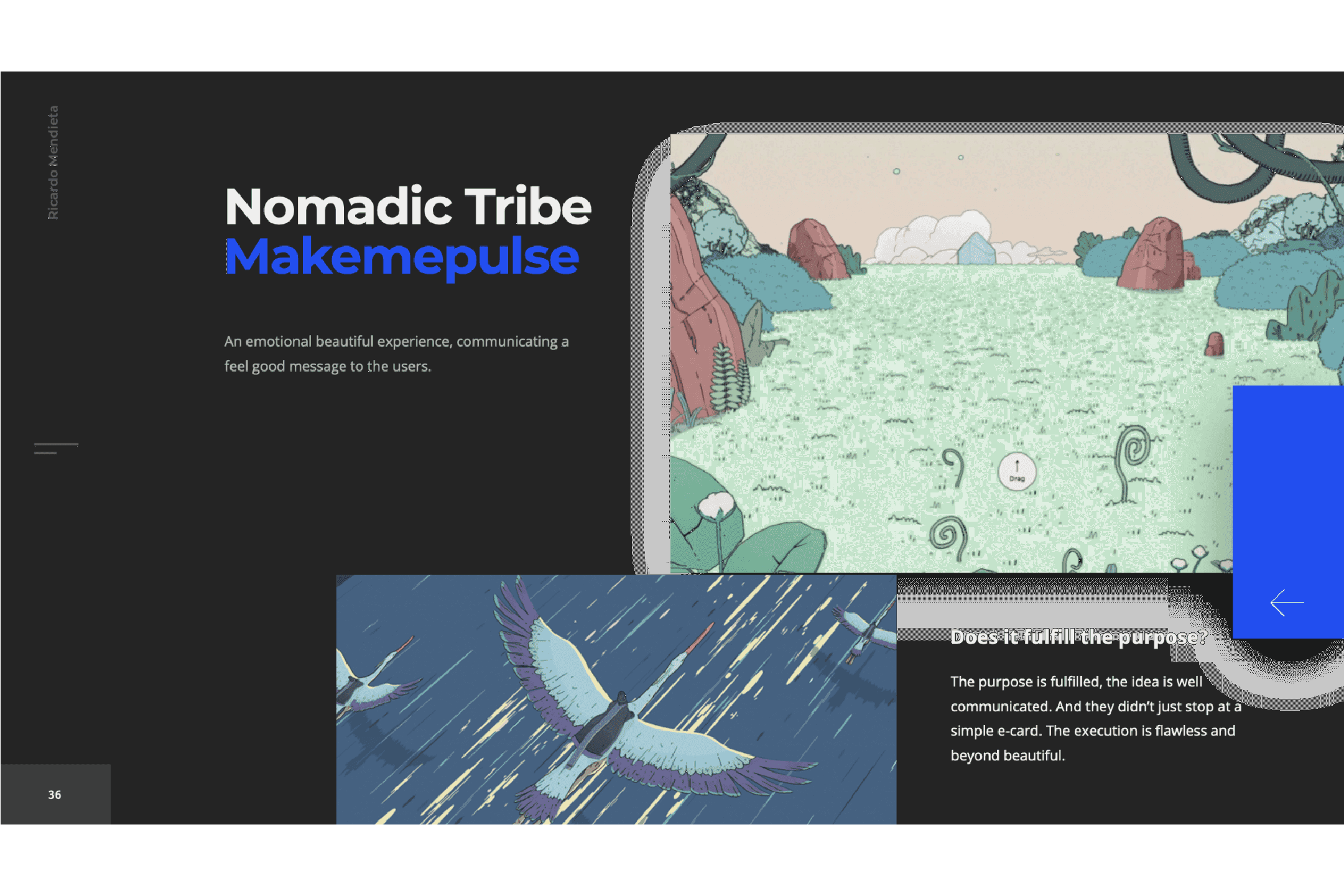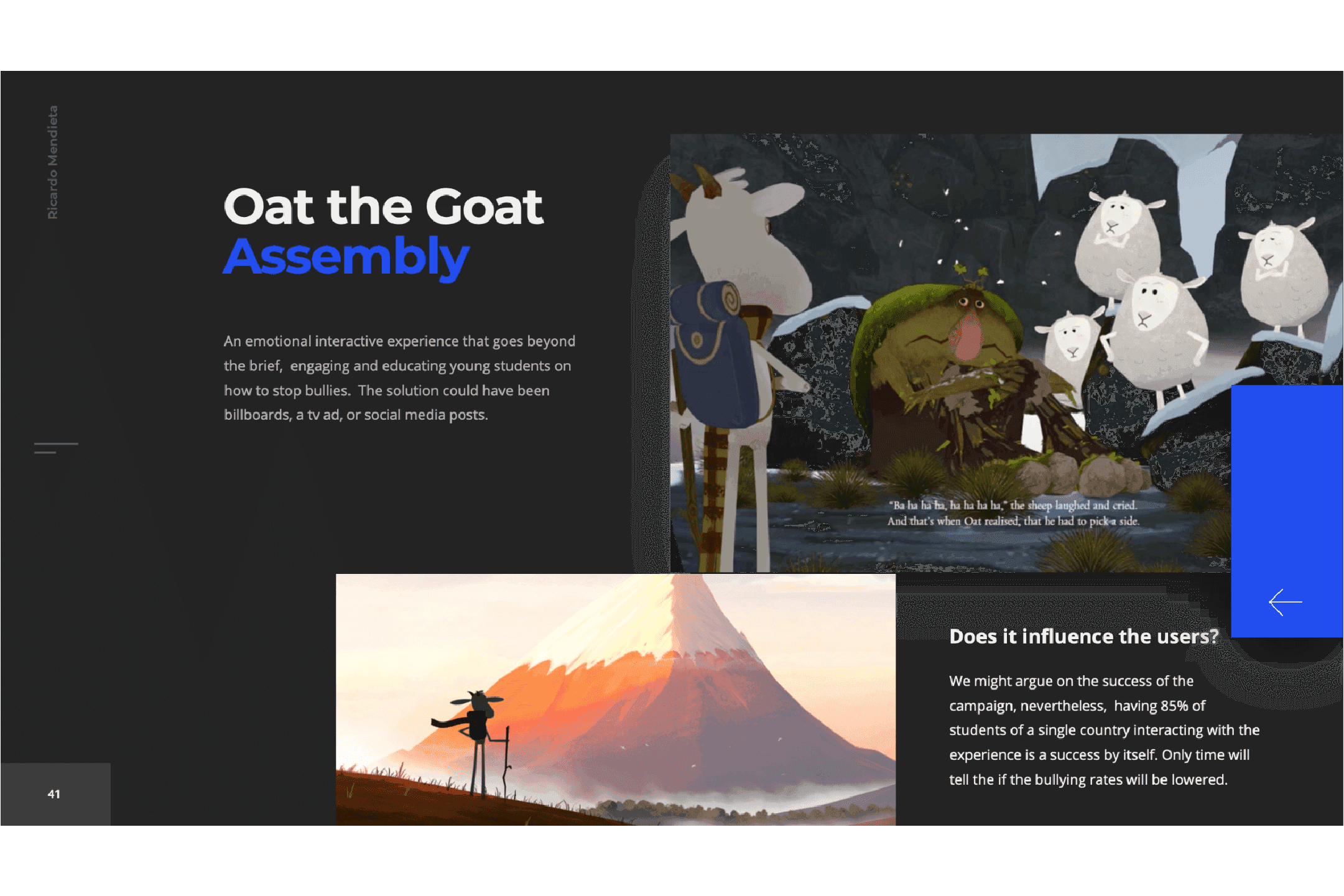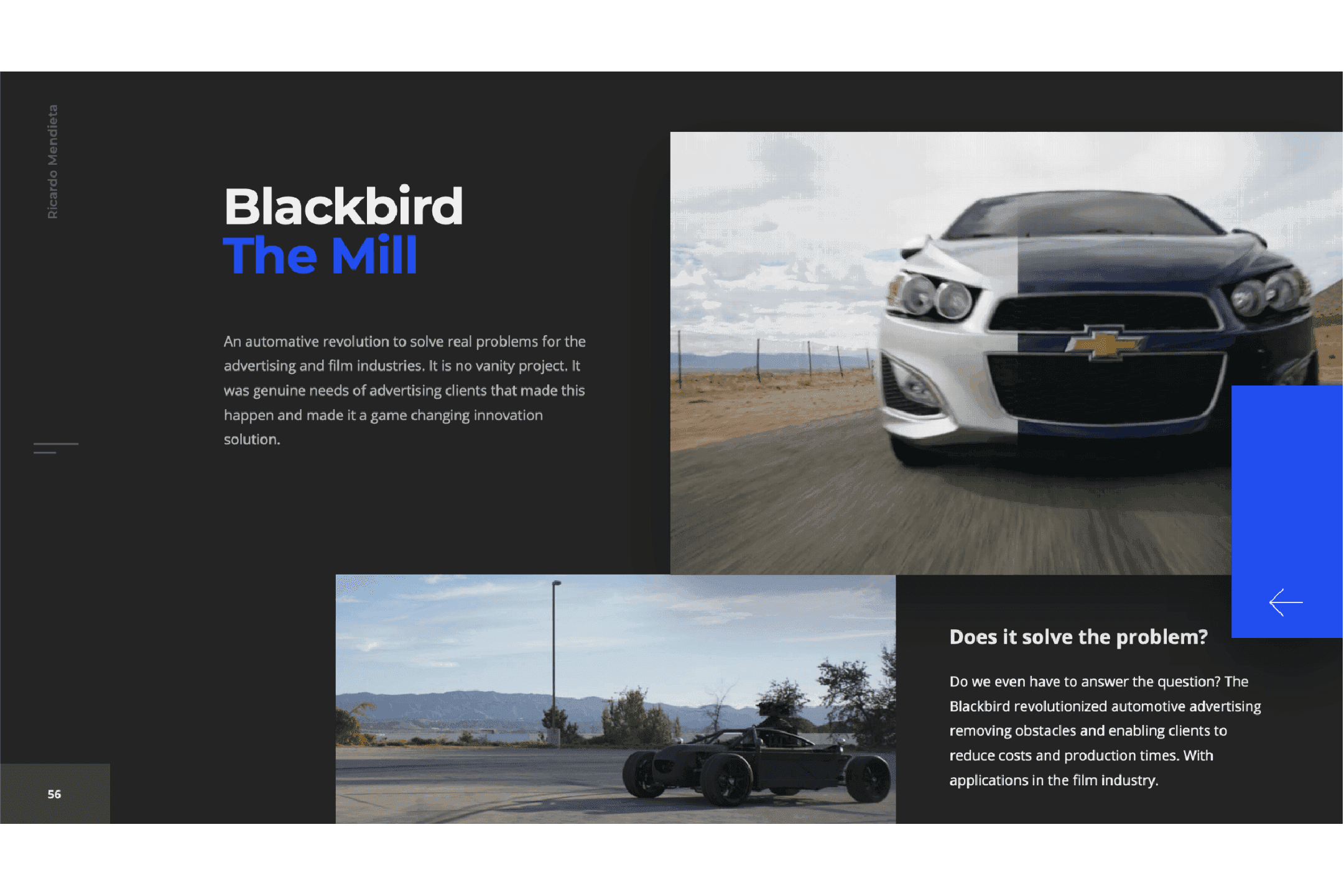Ricardo Mendieta 5 Questions Designers Should Ask When They Receive a Creative Brief
We introduced our fourth Space.Talk yesterday as we continued our Space.Talks webinar series. All 250 people joined in conversation with award-winning designer Ricardo Mendieta, as he discussed design aesthetics vs functionality.


Writer at Harbour.Space University
We introduced our fourth Space.Talk yesterday as we continued our Space.Talks webinar series. All 250 people joined in conversation with award-winning designer Ricardo Mendieta, as he discussed design aesthetics vs functionality.
Ricardo specializes in unique digital experiences driven by the latest technologies. He has worked with pioneering brands like Nike, Google, Ford and Heineken. Ricardo has been a force in his career, with his experience leading him to work as Harbour.Space’s Head of Digital and also as a professor for the Interaction Design program.
Students in his course have the opportunity to learn the principles of interactivity using code. They learn to speak and understand Javascript, HTML, and CSS. With this new profound language for most students, they can produce anything from a scrollable parallax page to an immersive experience that pushes the limits of creativity.
Because students gain familiarity with the basics of programming and with the essential knowledge of web development, we wanted to bring this language of design to help you challenge your creativity and to lead you on a successful path in the creative sector.
As an industry leader, Ricardo broke down the steps of questions he uses that operate as a success mechanism landing him to where he is today.
However, he stressed that there is no secret formula for UX, UI, industrial design or software development. One can only set the stage with best practices when starting a creative project.
So we broke down these five questions with an example and a concept of design to bring everything full-circle.
1. What’s the Purpose of the Subject?
The first question you need to ask your clients is the purpose of the subject. It will reveal the context and make your design indicate the appropriate messages. Take, for example, the Nomadic Tribe - makemepulse campaign. Their problem was shaped around the question of how to wish a happy new year to Nomadic Tribe users.
The emotional experience the campaign created was successful because it fulfilled both the idea and the purpose. The campaign shaped our mind around the idea that design is a form of art. Without knowing the purpose, Makemepulse would have lacked the user experience needed to wish the Nomadic Tribe users a happy new year.

2. How Can I Influence the Users?
Asking how could you influence others also requires knowledge on the ethics of design. Ethics in design can touch on topics regarding religion and politics because of the dominant influence that design can have on the world.
So how can we take this powerful tool and use it as a preventive for the younger generation? Take a look at Oat the Goat. It was a campaign designed as a solution to help stop bullying. In Oat the Goat, Assembly Studios go beyond the creative brief to create an influential and engaging experience to educate students.
Although 85% of students interacted with the experience, only time will tell if the bullying rate decreases with this approach. Whether or not it does however, there’s no denying that design is a form of storytelling.

3. How Can I Propose a Creative Solution to a Challenge?
This question comes up a lot during the creative brief process. As a designer, there come times when you will be challenged to propose a truly remarkable creative venture to fulfil the purpose of the subject.
An example of this is the Sans Forgetica project created at RMIT University. RMIT University was tasked with developing a solution to help students remember their study notes. They achieved this goal; with a human-centred approach, they engineered a font to help students remember notes scientifically.
This design approach solves the problem in a way that the solution can be applied to a variety of media channels. It’s hard to beat a design for humans made by humans.
4. How Can I Overcome Limitations?
There are always limitations when it comes to a creative project. Most of the time, you will wonder how possible it is to overcome certain restrictions. Ricardo will tell you that you have to think big and see the possibilities. If Google managed to create the internet for its users...without the internet… then the world is your creative oyster.
My Line by Google teaches us that design can be invisible. Google needed to solve a problem using technology for an audience that could not use technology. What a thought.
5. How Can I Add Value?
The last question is adding value. When we say value, a lot of the time we mean money. Adding value includes reducing costs, and that kind of design is centered around a business solution. As a designer, you want to know how you can make your clients’ money count, but also how to make your solution worth their time. To go even further, how can we reduce our client’s costs without sacrificing quality?
Take a look at the example Blackbird by The Mill. Blackbird is an automatic revolution created to solve problems for the advertisement and film industries. This game-changing innovation makes it easy for filmmakers to overcome obstacles and reduce production times. You’re not only delivering a design, but a fully functioning (and pretty awesome) product.
Do we even need to discuss if The Mill’s business solution solved the problem?

Through his experience in working with numerous clients, devising creating solutions, and to be honest, creating some exceptional videos, Ricardo learned that understanding the pathway other designers have followed to achieve their success is valuable. You need to look at design as aesthetics know what is possible, but design as a function to achieve tangible results.
We hope you take these concepts, ask the right questions and create a pathway for yourself and skills to shine.

Join us for our next Space.Talk Thursday, June 11th, with Bianca Praetorius as we learn pitching skills from a startup pitch and public speaking expert. And if you’re interested in further growth, take a look at our website to learn what your future could look like at Harbour.Space. Lastly, get in touch with us at hello@harbour.space to let us know your thoughts!
Thanks for reading
If you’re interested in further growth, take a look at our website to learn what your future could look like at Harbour.Space. Lastly, get in touch with us at hello@harbour.space to let us know your thoughts!
